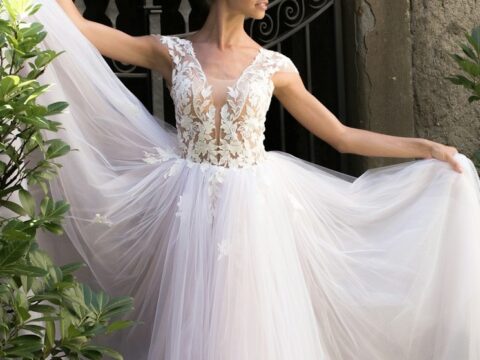Anyone who knows me well knows how much I adore Beauty and the Beast. I watched the Disney movie about forty billion times as a kid. I consider Belle my favorite princess. And I adapted the story to write the very first novel I ever finished. This fairy tale genuinely holds a place in my heart.
So imagine my horror when I grew up and learned that Beauty and the Beast is a romanticized account of Stockholm syndrome.
Let’s be clear: this claim has been made SO MANY TIMES. This is not a revolutionary hypothesis because it’s been around for decades. But I feel compelled to address this theory because (A) there’s a lot of confusion surrounding it and (B) I have a REALLY strong opinion about which camp I fall into. So let’s dive in . . .
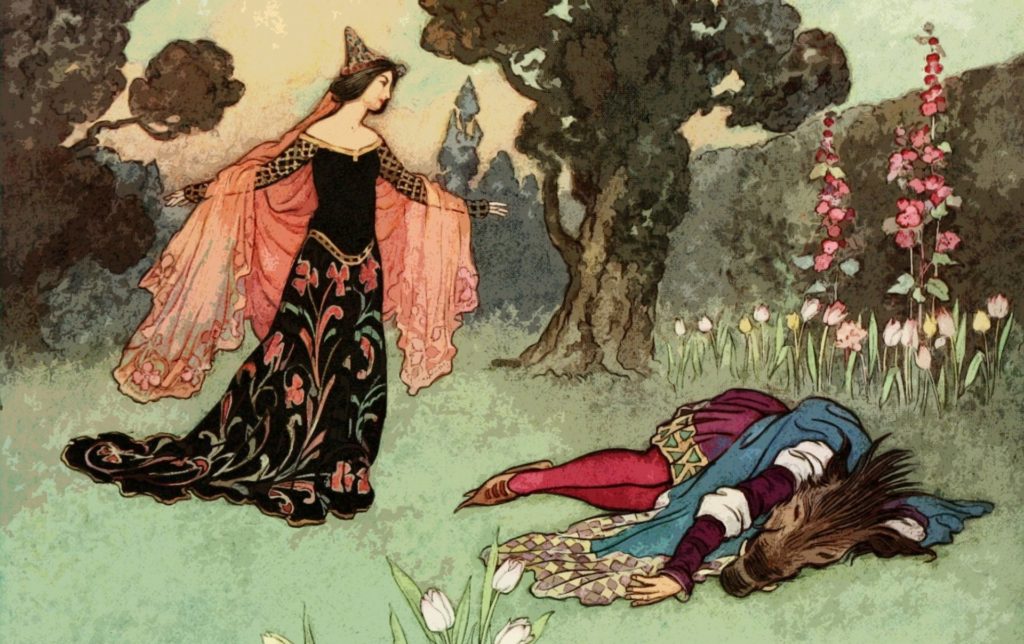
First, What Is Stockholm Syndrome?
Basically this is a disorder in which a hostage or kidnapping victim develops positive feelings about their captor to the point of identifying or sympathizing with the person who abused them.
The term “Stockholm syndrome” refers to a famous bank robbery that happened in Stockholm, Sweden, in 1973. During this crime, two armed men held four bank employees hostage for six days. After the incident, the hostages had formed such a close emotional bond with their captors that they begged police not to harm them and even refused to testify in court against them. Even the victims couldn’t explain why they felt as strongly as they did.
Another frequently referenced example is the Patty Hearst kidnapping in 1974. Patty was abducted by a group of radicals who brainwashed her to the point that she bonded with her captors and assisted them in a series of bank robberies.
Lest you think robbing banks is a requirement for Stockholm, there are theories that victims of domestic violence, human trafficking, and other forms of long-term abuse can also develop Stockholm syndrome.
But It’s Possible This Syndrome Doesn’t Even Exist
This is still considered a controversial theory. In fact, mental health professionals do not recognize Stockholm syndrome as an official psychiatric disorder because so little research has been conducted to prove its existence. It’s widely believed that the symptoms of Stockholm syndrome could be a mere coping mechanism to deal with the acute distress of PTSD.
But regardless, let’s list out the main factors that must be present for a situation to even be considered Stockholm syndrome:
- The captive is held against their will under threat of physical injury or death.
- The captor dictates what the captive can and cannot do. This is accomplished by staying with the victim at all times to foster complete control.
- The smallest act of kindness or lack of violence from the captor elicits feelings of sympathy from the victim.
- The captive doesn’t engage in any behavior that could lead to their release.
- Self-preservation instincts in the prisoner force them to act submissive and compliant. The captive actively avoids triggers that will set off their captor.
- The victim develops negative perceptions about the police, family, friends, or others who are trying to help them escape their situation.
- The victim refuses to leave their captor even when given the chance.
So What About Beauty & the Beast?
There are many different versions of Beauty and the Beast, but the most classic of all was published in 1757 by Jeanne-Marie LePrince de Beaumont. I’d like to draw from this original version and from Disney’s Beauty and the Beast (1991) in our hunt for evidence of Stockholm syndrome. (Please note that I will NOT be referencing the 2017 version of Beauty and the Beast because I hate it. It was a shameless money grab stuffed with pointless content, but I digress.)
Here are the five main reasons why Belle in Beauty and the Beast is DEFINITELY not suffering from Stockholm. Like not even close.
1. Belle Chooses to Live with the Beast of Her Own Volition
Now granted, this whole arrangement does happen under duress. In the original Beauty and the Beast, Beauty’s father is treated quite hospitably at the Beast’s castle until the old man picks one of Beast’s prized roses. The rose was intended to be a gift for Beauty. Ironically this sets the Beast into such a rage that he threatens to kill Dad unless he hands over his daughter instead. Yikes.

Against the express wishes of her father, Beauty agrees to the bargain, even when she thinks the Beast will kill her. But this turns out to be an empty threat since Beast treats her extremely well from the moment she arrives.
Belle in the Disney movie doesn’t have as smooth of a sailing experience. In this version, Maurice is imprisoned in the palace for trespassing, and Belle offers herself instead for his release. You can tell from the animation that Beast is pretty surprised by this offer, and in the end her father goes free because Belle makes the selfless decision to stay at the castle forever.
Admittedly, this is a pretty rocky start to a relationship in both stories. But it’s important to understand that this was never an actual kidnapping situation. In both, the heroine has a choice of whether to stay or not. And both Beasts make it clear pretty quickly that she’s going to be treated like a guest rather than a prisoner.
2. Belle Has Plenty of Freedom—and Uses it to Break All the Rules
In a typical Stockholm situation, the captor gives their victim no freedom or personal space. To keep the victim completely under their control, it’s important to remain with them constantly to dictate what they can and can’t do.
This doesn’t happen in either version of the story. Both women are given luxurious and private quarters to live in. Beauty is given complete free rein over the castle to conduct her schedule as she sees fit. Belle is also told specifically that she can go anywhere she likes. Well . . . except for the West Wing. This is the only boundary Beast demands she obey, and Belle breaks that boundary the very first night she’s there.
In fact, Belle breaks every single rule Beast gives her. She eats dinner without him, which he expressly forbid. She walks right into the West Wing like she owns the place. Then after Beast flies into a rage, she leaves the castle entirely. Which is the #1 thing she promised never to do. The truth is . . .
3. Belle Fights Back Constantly
Remember the whole thing about Stockholm syndrome leading to survival instincts, submissiveness, and constant fear? Belle is pretty much the opposite of all those things.
Beast is a major jerk to her that first day in the castle, but she bucks back every chance she gets. She’s not walking on eggshells here. She’s stomping on them and daring Beast to do anything about it. She calls out his anger management issues, refuses his demands at every turn, and snaps right back at his rudeness. If there’s any aspect of this story that debunks all the Stockholm syndrome garbage, it’s this.
And for the record, even Beauty in the original tale stands up to the Beast in her own quiet, stalwart way. Beast is WAY less of a jerk in this version and treats Beauty like gold without exception, but he also asks Beauty to marry him every single day. This is SUPER awkward for her. Although she appreciates his kindness, he’s still ugly. She certainly doesn’t want to marry him, and she tells him this. Every night she refuses him, no matter how uncomfortable it may be, because she’s willing to stand up for her own desires.
This is a shockingly active thing for a woman in a classic fairy tale to do. Even the original Beauty and the Beast wasn’t trying to communicate something sinister in its love story. If anything, this is a story about how young women can find hope and love even in a world where arranged marriages were the norm. Food for thought.
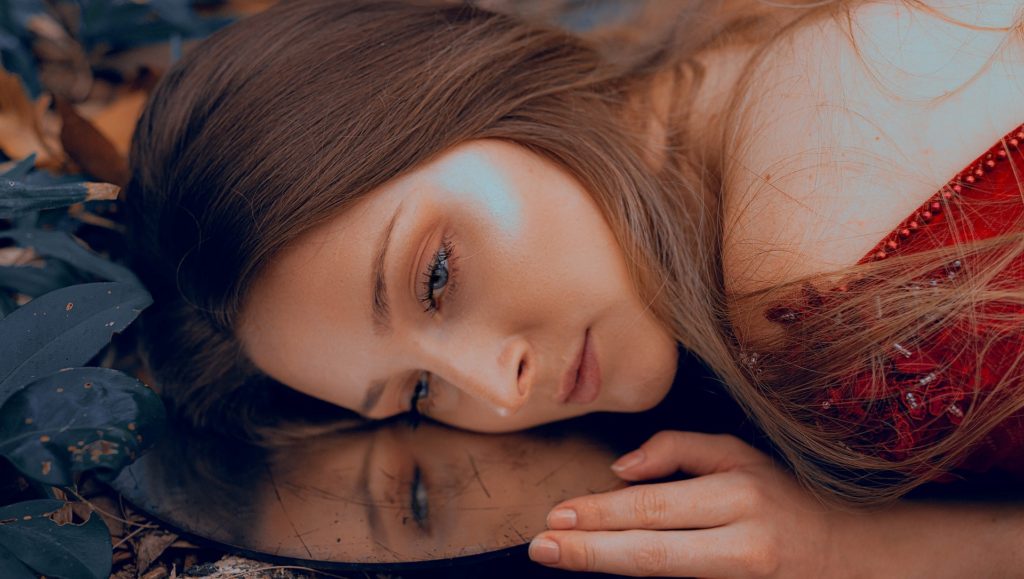
4. Belle Remains Loyal to Her Father Throughout the Story
Remember how Stockholm victims refuse to leave even when given the chance? And how their perception of their loved ones sours during their captivity? Well, both versions of Beauty and the Beast defy this.
Beauty and Belle both long for their fathers, and both see images of him in magical mirrors. Each one is given the chance to leave the castle to visit their dads, and both take it. This enduring affection AND their willingness to leave—multiple times in Belle’s case—is some of the strongest evidence that Stockholm syndrome just ain’t happening here.
Now granted, both women return to the castle under very different circumstances. Beauty returns because she knows Beast will die if she doesn’t, and his absence is what helps her see that she truly does wish to marry him. In Belle’s case, Beast gives her no deadline and no expectations of returning. She returns completely on her own to save his life, and their reunion seals their love for the long haul. But it’s also important to point out . . .
5. Belle Falls for Beast Only After He Changes
This is one area where the original story of Beauty and the Beast and the 90s movie differ the most. In the original, Beauty undergoes the biggest change in the story. She’s terrified of Beast when she first arrives at the castle, but over time she realizes that he’s actually a kind, decent person. You know, notwithstanding him threatening to kill her dad and all. The point is that the story resolves once Beauty’s heart softens and she decides to accept the Beast despite his gnarly appearance.
In contrast, Belle isn’t actually the main character of her movie. Beast is. He’s the one who has to open himself up, soften his heart, and change his behavior to be deserving of love by the end.
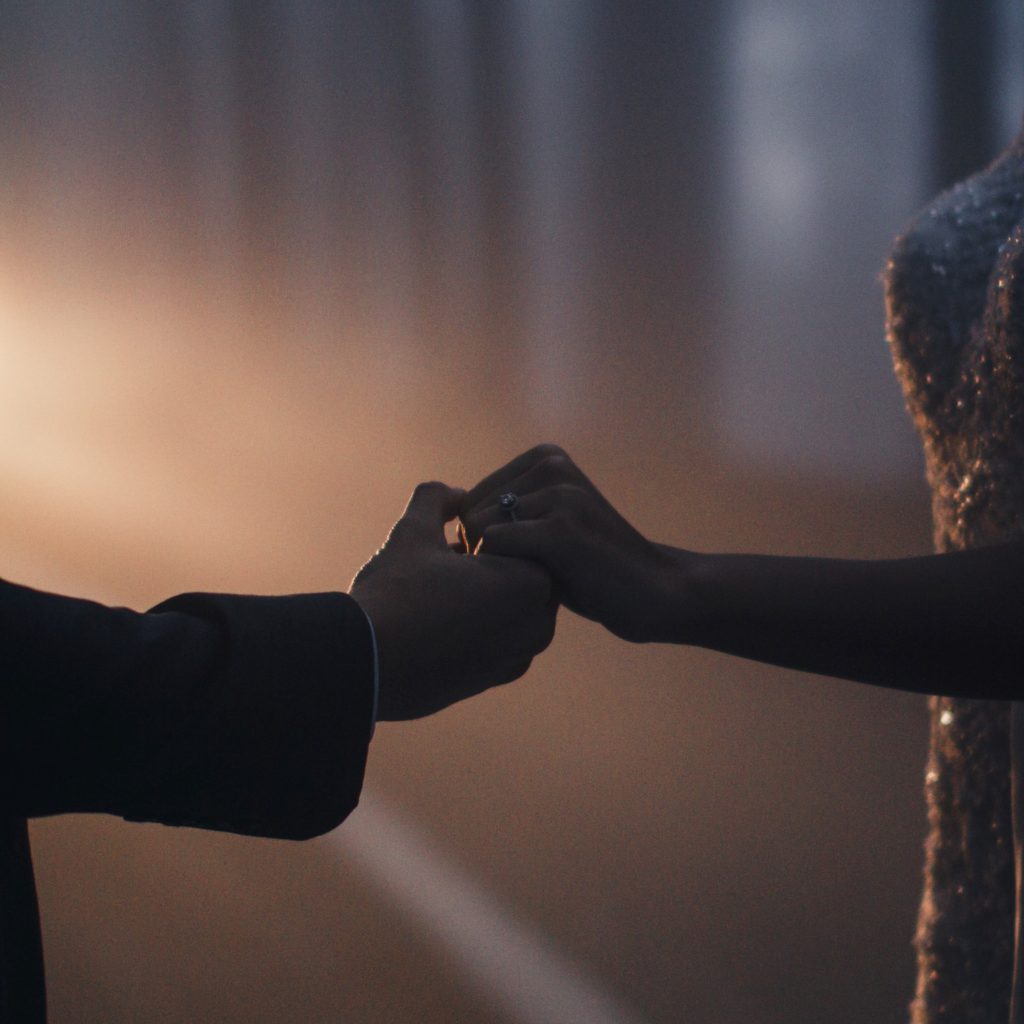
The guy is pretty beastly both inside AND out at the beginning. Rather than manipulating Belle and “saving her” from the threat of himself like a Stockholm syndrome captor would, his first moment of change is when he rescues her from the wolves, an actual external threat, and faces physical injury to protect her. From there he learns how to rein in his anger, how to delight and serve her, and—most importantly of all—how to value her needs above his own.
THAT is how the Beast finally earns Belle’s love. And it’s the reason why she ultimately returns: to rescue him from danger.
Forgiveness, Redemption, and Deeper Love
Beauty and the Beast really does have a good message, and that is a hill I’m willing to die on. Are there some problematic elements that sneak their way into the story? Sure. This is true of all fairy tales. But the big takeaway is that true love isn’t just skin deep. People can change, and being able to forgive someone for their flaws and see their deeper goodness is the most courageous act anyone can make.
Now, is this message slightly undercut by the fact that Belle “accepts” Beast as he is right before he magically transforms into a super physically attractive prince? Well . . . yeah. But nonetheless! I do believe that their relationship is genuine. And the overarching messages of forgiveness and redemption are lovely and very needed in the harsh, cynical world we live in now.
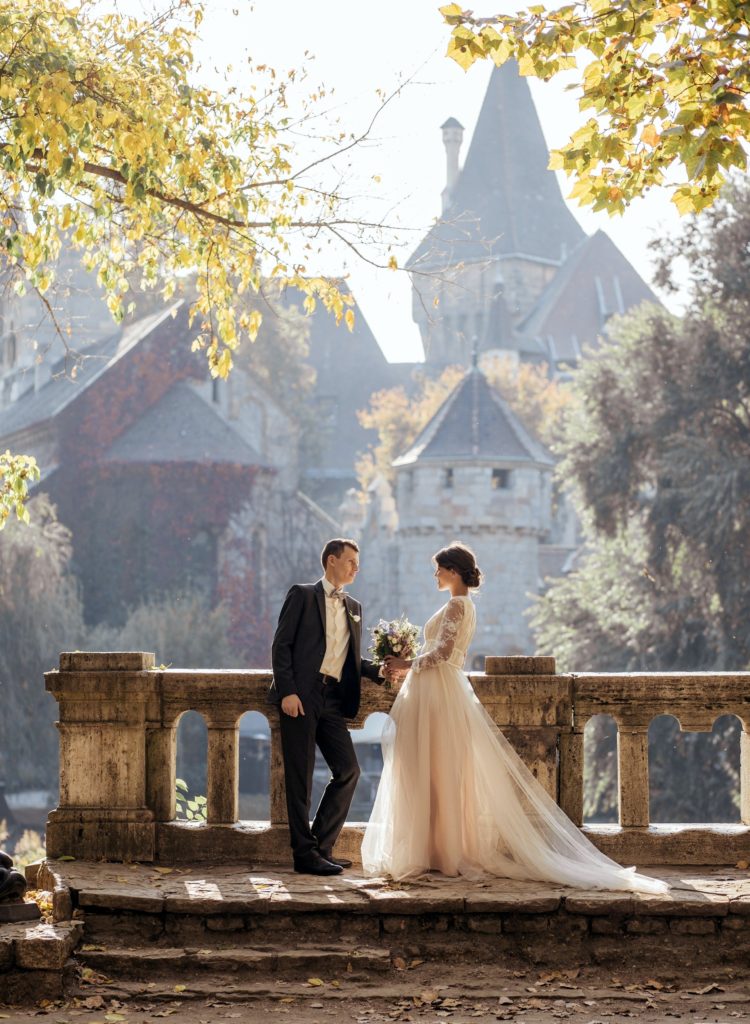
So Next Time Someone Calls It Stockholm Syndrome, PLEASE Set the Record Straight
This claim has been debunked a bajillion times, and yet it JUST WON’T DIE. Here’s me hoping that by spreading the facts, I’m doing my small part to uphold the honor of my favorite Disney movie. It was nominated for six Academy Awards for a reason, and I sincerely hope that the film continues to enchant young audiences and spread joy all over the world. ❧
For more thoughts on Stockholm syndrome and Beauty and the Beast, here’s another interesting take:



